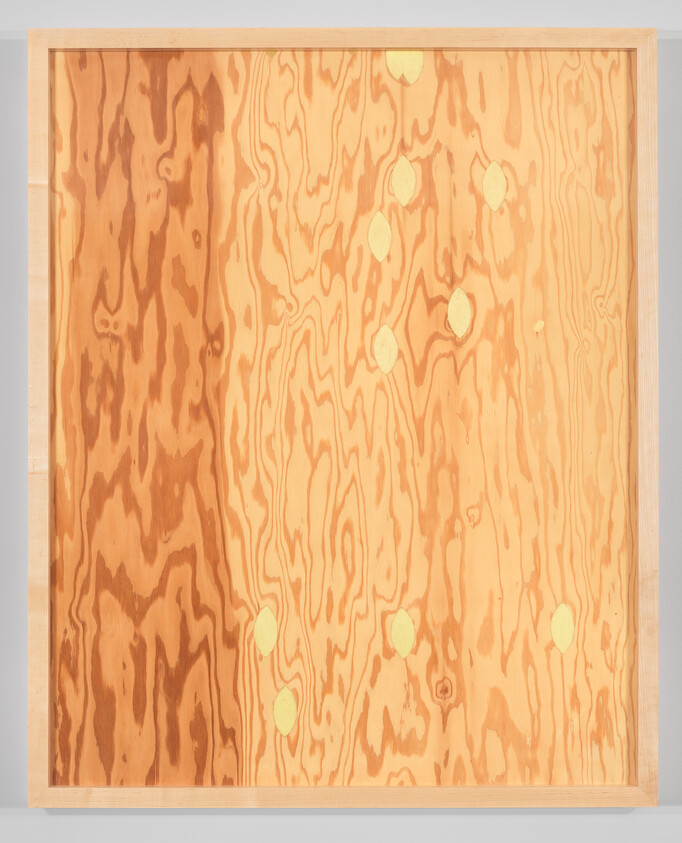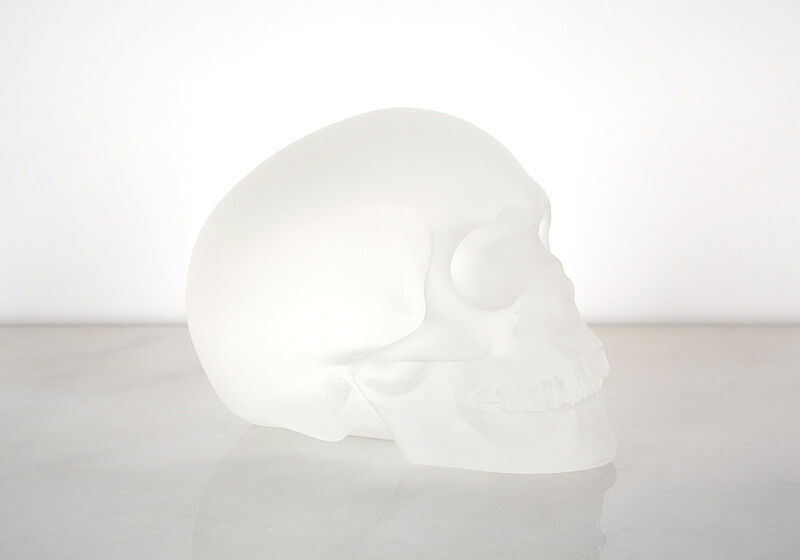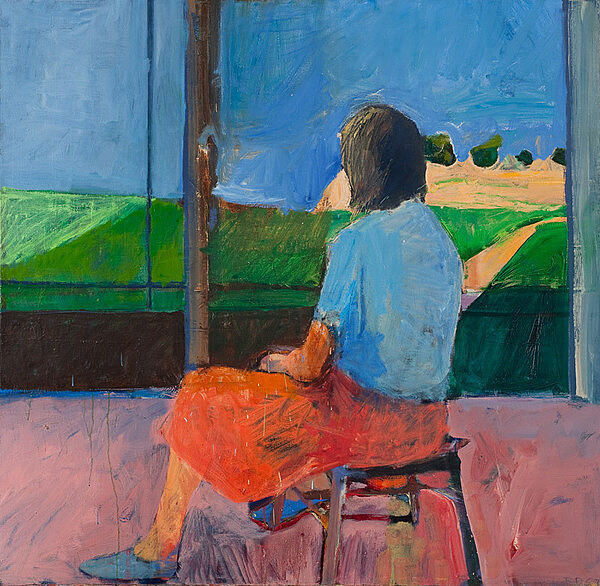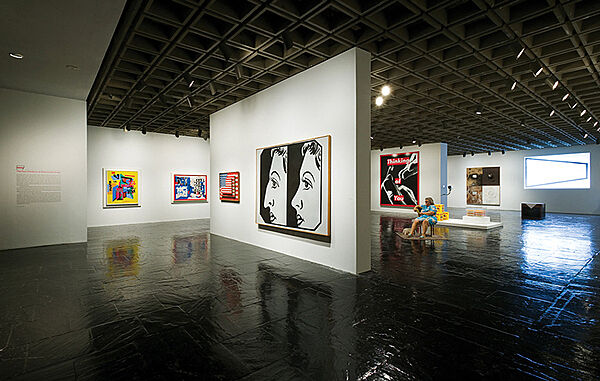Richard Flood: With the Knot Paintings, I always tend to think of them in a funny sort of way as the Levine lexicon, that they are such a perfect representation of something that is incredibly essential in the way that the artist makes her work. I think it's one of those things that is so easy for people to disregard. "Oh, it's a piece of plywood, and look, she's filling in the knots."
Narrator: We spoke to Richard Flood, then chief curator at the New Museum, in 2011.
Richard Flood: They're totally what they are. They're completely pragmatic, and at the same time the pragmatism is what contains the poetry.
Even when you start looking at the varieties of board that Sherrie's used over the years, they're all quite different, and every time she introduces another kind of ply, there's a different rhythm in the wood. There's a different way in terms of how she's picking out those knots to create the pattern, to create the bytes in the story. I mean so you could also think of these really almost as computer notations—it's up to you what they put together. Are they, you know, is it a kind of Morse code for, "Have a great day," or Morse code for, "It's always rougher than you think it's going to be." The possibilities for all of these interpretations are there, and yet they are simply a fact. You know, wood is a fact. A knothole in a piece of wood is a fact. And then Sherrie just does one tiny thing, and the fact becomes a poem.





